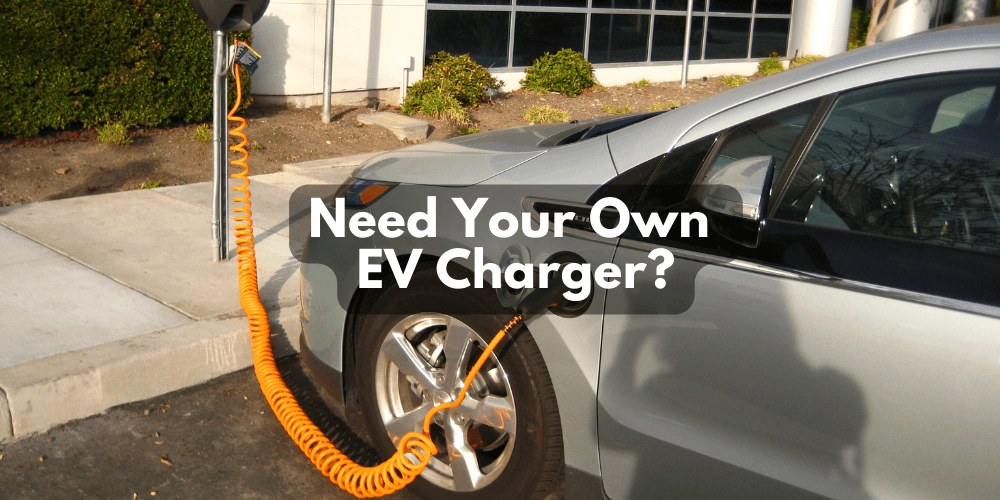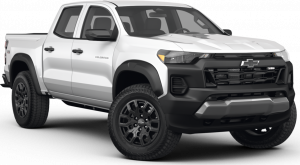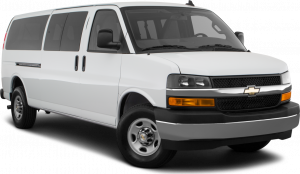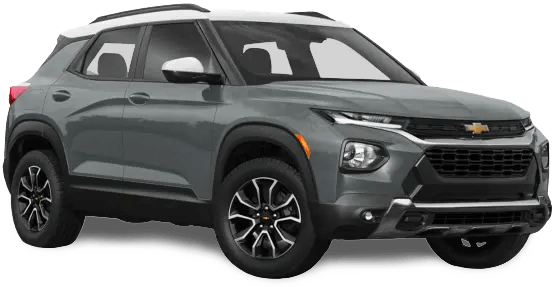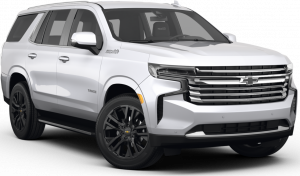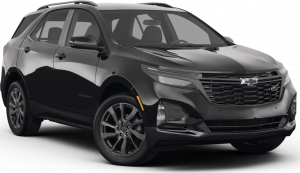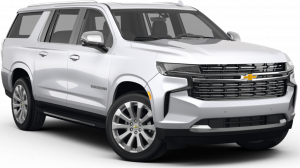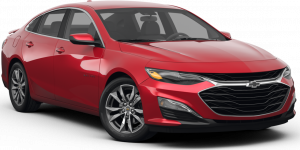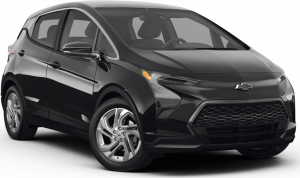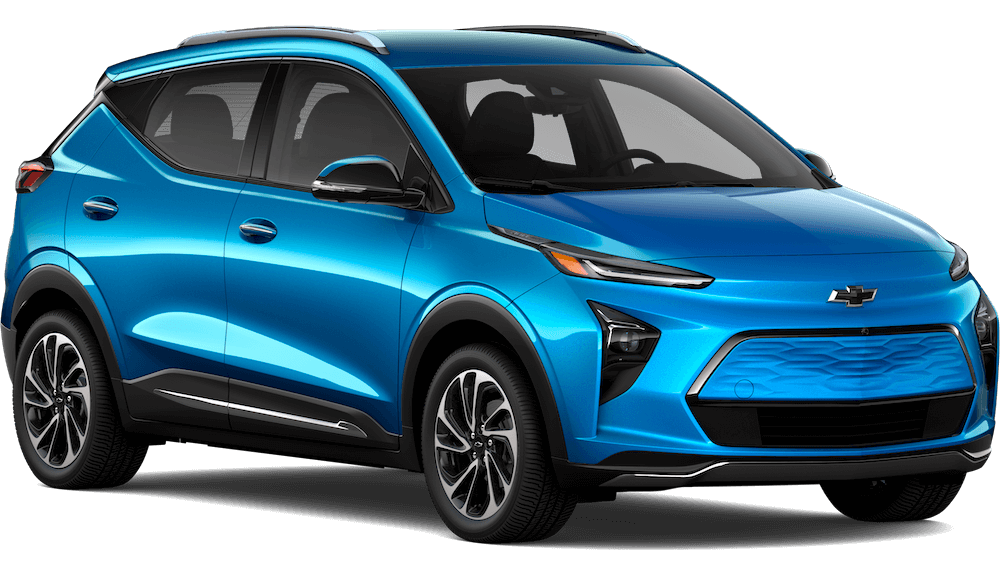Hey, all you sun-chasers and wave-riders! If you've been cruisin' down those scenic SoCal highways, you've likely noticed the new breed of hotrods taking over the lanes: Electric Vehicles (EVs). They're smooth, they're clean, and they're all about riding the green wave into the future.
Here's a taste of the electric life, tailored for our Golden State. From the hip and happening streets of Los Angeles to the laid-back vibes of San Diego, let's dive into the electrifying world of EVs and find out how you can catch this wave right at your home.
The Electric Beach Party: Why EVs Are Making Waves
Clean Surfing:
Zero tailpipe emissions mean you can cruise guilt-free, knowing you're doing your bit to keep our SoCal skies as blue as the ocean.
More Green in Your Pocket:
Charging your EV is like catching the perfect wave—smooth and satisfying. And with fewer moving parts, you'll be saving on those pesky repairs. It's cheaper than a tank of gas, and you'll have more dough for fish tacos at your favorite beach shack.
Ride the Lightning:
Feel the thrill with instant torque, giving you the acceleration that'll make you feel like you're riding a wave on the highway. Efficient, quick, and smoother than a Malibu sunset.
Surf's Up: Cost of Installing Your Own Home Charger
Wondering about the cost to install an EV charger at home? Well, surfers, it's a cool ride that doesn't have to break the bank. On average, you'll be looking at a smooth $500 to $2,000, depending on the charger and any electric surfin' upgrades you might need. Think of it as an investment in clean cruising and those long-term fuel savings.
The Perfect Wave: Types of Chargers
Level 1 Chargers:
The chill choice. Using a standard 120-volt outlet, it's like a slow ride down the PCH, giving you 2 to 5 miles of range per hour.
Level 2 Chargers:
The speed-demon. Requires a 240-volt outlet, and it's like racing down the freeway, offering 10 to 60 miles of range per hour. Perfect for those day trips to surf spots.
DC Fast Chargers:
These bad boys are the pros in the lineup. They're typically used at public charging stations, providing that rapid charge for those on-the-go adventurers.
Finding Your Perfect Wave: Choosing the Right Charger
- Know Your Ride: Short commute or long coastal drives? Assess your daily needs and choose a charger that suits your style.
- Check the Break: Ensure your home's electrical system can handle the charger’s power vibes.
- Ride with the Best: Research brands and find one that vibes with your EV's charging needs and your SoCal spirit.
Hang Ten, SoCal!
Ready to catch the electric wave? Installing a home charger means never having to hunt for the perfect wave—or charging spot—again. So grab your board, your keys, and ride the electric wave with the Southern California Chevrolet Dealers.
From Ventura to Laguna, let's drive into a cleaner, greener future, one electric mile at a time. Catch you on the flip side, SoCal. Stay stoked! 🤙
The specified link to the new electric vehicles on the Southern California Chevrolet Dealers' site has been included, giving readers a direct pathway to explore more.
"Chevrolet Volt plug-in hybrid charging in Fremont, California" by the rabbit * lapin, used under CC BY 2.0. Available at Flickr.

